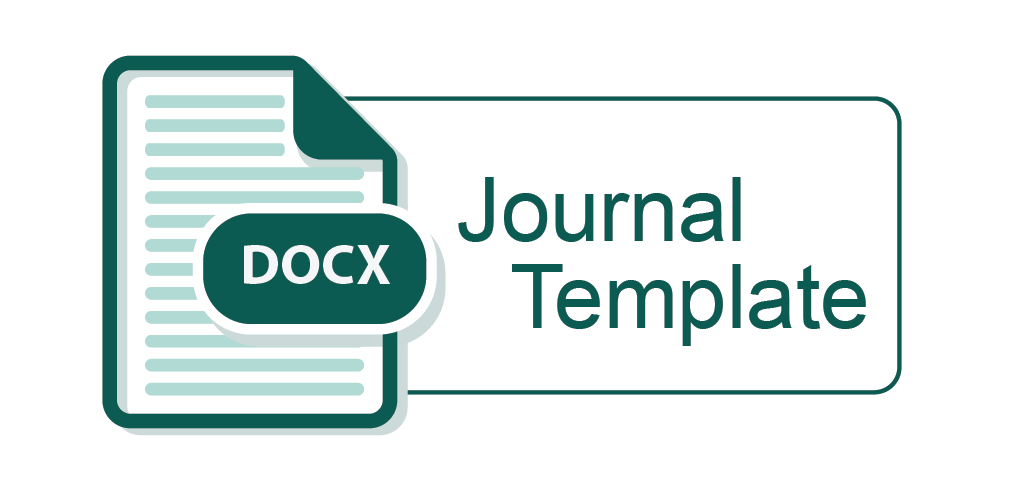AN ANALYSIS OF INTERAGENCY COORDINATION AMONG GOVERNMENT ORGANIZATIONS: A CASE STUDY OF THE NUTRITION PROGRAM IN LEYTE
Keywords:
Interagency coordination, Nutrition program committee, Interorganizational linkages, Lead agency, Coordination dynamicsAbstract
The study involved 14 respondents composed of five regional directors, four provincial heads/incharge, and five municipal level community workers.
Coordination among government organizations was maintained by interorganizational linkages (administrative and direct service linkages). These linkages were manifested through resource exchange/sharing, information exchange, joint activities/programs, written agreement, referrals, follow-up and outreach activities.
Coordination dynamics was further manifested by personal interaction during regular meetings, democratic decision-making process, mutual concern and continuous dialogue and involvement of private agencies.
Coordination was influenced by domain consensus, resource scarcity, lack of alternative resources, frequency of interaction, leadership of coordinator, and directives such as Executive Orders 121 and 285, and Presidential Decree 491 (National Nutrition Council).
Generally, the coordination machinery of the existing Nutrition Program Committee is weak and handicapped by the lack of control over the participating agencies. Formal authority is loosely exercised and each member is not under the authority of the lead agency.
Downloads
Submitted
Published
How to Cite
Issue
Section
License

This work is licensed under a Creative Commons Attribution-NonCommercial-NoDerivatives 4.0 International License.






